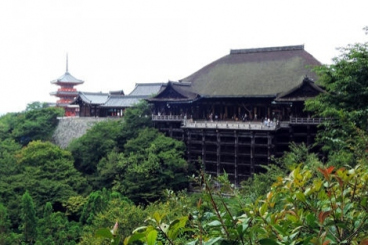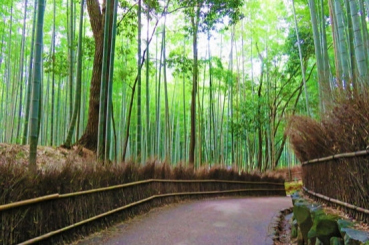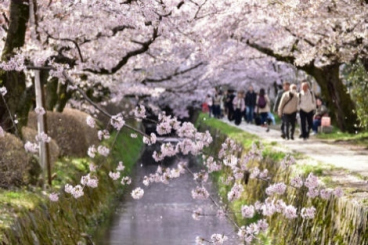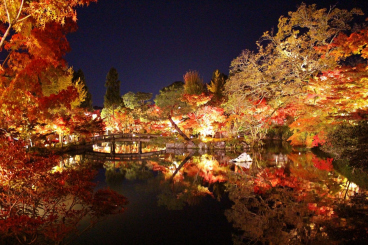- COLUMN
- Best Spots Close to Kyoto Station!
2017.03.31
Sightseeing Spot
SOTETSU FRESA INN
Best Spots Close to Kyoto Station!
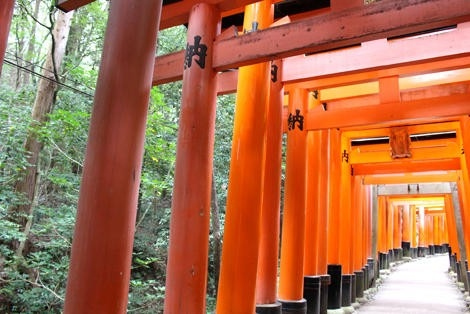
Kyoto Tower
The beer garden on the roof of the hotel in the tower building is also popular. There is a large bathhouse called "YUU" on the third basement floor. It is open from 7:00 a.m. On weekdays, adults can borrow one face towel for free and use the bath for only 750 yen. Feel free to stop by and take a bath before or after sightseeing in Kyoto.
Kyoto Tower Observatory Business Hours: 9:00 - 21:00 (Last entry 20:40)
Access: 2 minutes on foot from Kyoto Station Central Exit (Karasuma Exit)
Kyoto Railway Museum
The steam locomotives and trains lined up in the exhibition space that resembles a station platform are displayed not as individual cars, but as a train formation with a passenger car connected to the back. If you are a railroad enthusiast, this is a museum that you can see, touch, and experience, and you will definitely want to come back more than once.
Business hours: 10:00 - 17:30 (Admission until 17:00. Closed on Wednesdays and New Year holidays)
Access: 20 minutes on foot from Kyoto Station Central Exit (Karasuma Exit)
A short walk from the Kyoto City Bus "Umekoji Koen / Kyoto Railway Museum Mae"
Toji (Five-Storied Pagoda)
Visiting time: 8:30 - 17:00 (16:30 reception closed)
Access: 15 minutes on foot from the Hachijo exit of Kyoto Station
Sumiya Hospitality Culture Museum
Opening hours: 10:00 - 16:00 (Closed on Mondays, open from March 15th to July 18th, September 15th to December 15th)
Access: 7 minutes on foot from JR Tambaguchi Station
Nishi Honganji Temple (Onishi-san)
Opening and closing gate time: 5:30 - 17:30 (depending on the time of year)
Access: 15 minutes on foot from Kyoto Station Central Exit (Karasuma Exit)
A short walk from the Kyoto City Bus stop "Nishi Honganji Mae"
Higashi Honganji Temple
Higashi Honganji Temple was founded in 1602 by Shonin Kyonyo, who received a donation of temple land from Ieyasu Tokugawa. He was the eldest son of Kennyo, the 11th head of Nishi Honganji, and it is said that the reason why Honganji was divided into West and East had to do with the history of fate between Honganji and Oda Nobunaga and Toyotomi Hideyoshi over the unification of Japan.
Opening time: 5:50 - 17:30 (March - October), 6:20 - 16:30 (November-February)
Access: 7 minutes on foot from Kyoto Station Central Exit (Karasuma Exit)
About a 1-minute walk from the Kyoto City Bus "Karasuma Nanajo"
Recommended Hotels Around:
Recommended hotels for this article
Category
Brands
Monthly archive
- 2025(8)
- 2024(11)
- 2023(5)
- 2022(12)
- 2021(3)
- 2020(2)
- 2019(15)
- 2018(15)
- 2017(14)
- 2016(22)
- 2015(9)

